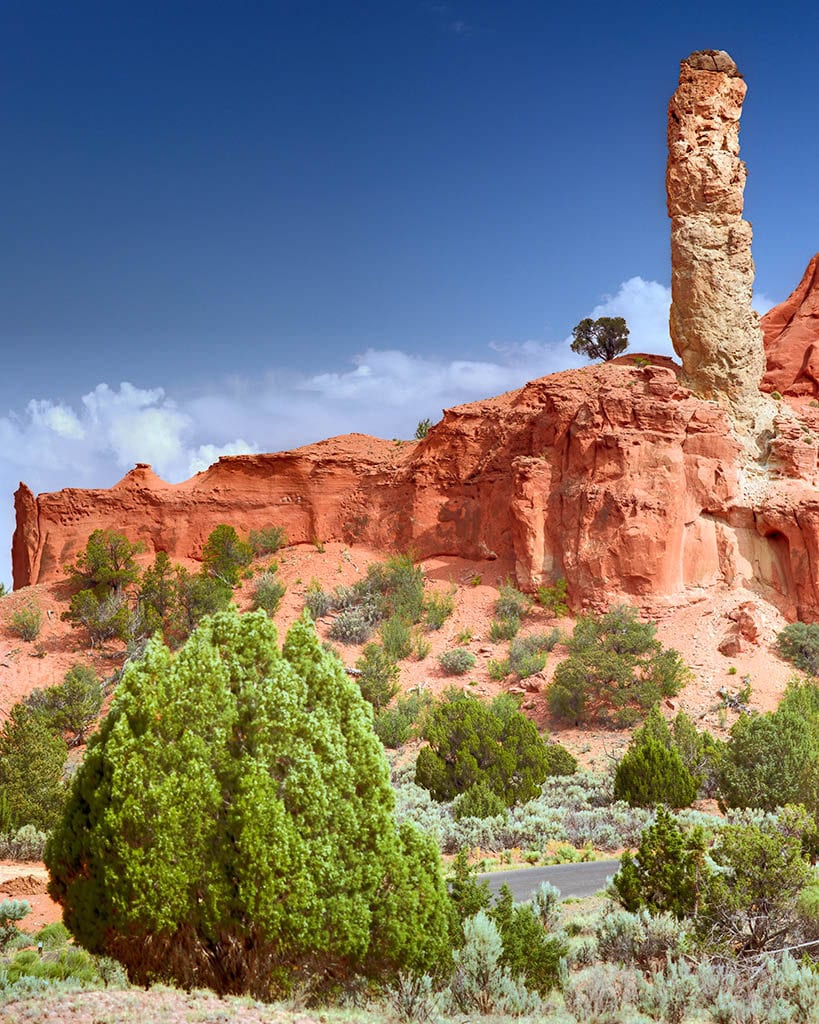Sedimentary Sand Pipes (March 24)


In a remote part of Utah lies Kodachrome Basin State Park. The National Geographic Society named this park because of its beauty. Some 60 towering stone spires jut up from the valley floor and are displayed against the backdrop of multi-colored sandstone layers. Evolutionists are at a loss to explain how these spires formed. When we put on our biblical glasses, we can view their formation from the Flood perspective.
During the Flood, many sedimentary layers were laid down. One of the layers would have been a squishy sand layer. Earthquakes could have caused this squishy sand mixture to be injected upward through the other sedimentary layers, like toothpaste being squished upward in its tube. This “plume” of sand then cemented together. At the end of the Flood, waters eroded the less cemented layers away, leaving the cemented plumes or sand pipes. Clusters of sand pipes can be found in other remote parts of the Colorado plateau. This same formation can be seen with mounds, like Ayers Rock in Australia. The sand plumes can be traced down to the source layer of sand. Secular geologists believe that the source bed was millions of years old prior to its injection. Would the source bed remain uncemented for millions of years? Hardly. These sedimentary sand pipes give evidence that there was little time between the layers being laid down, injected and eroded. The fact that sand pipes exist at all is evidence that little time passed from deposition to squeezing.
2 Peter 2:5
Reference
Where are all the human fossils?
